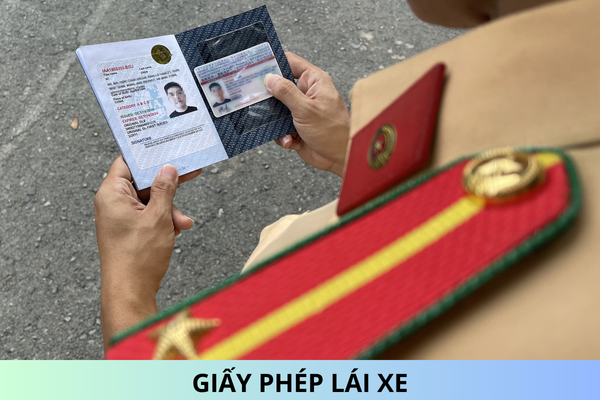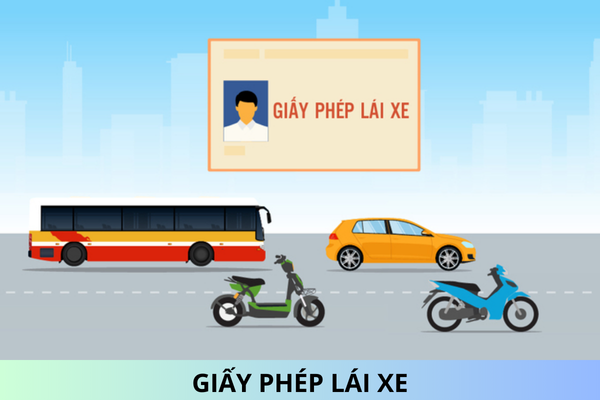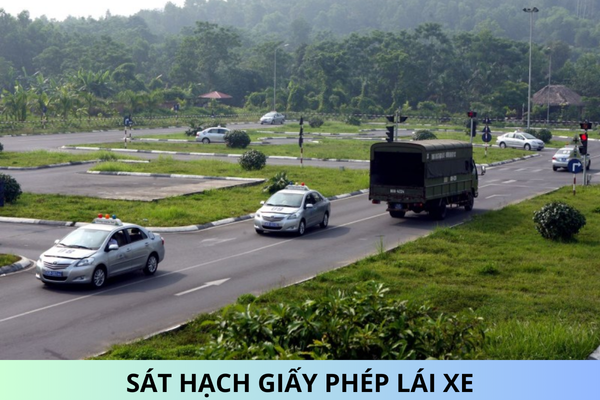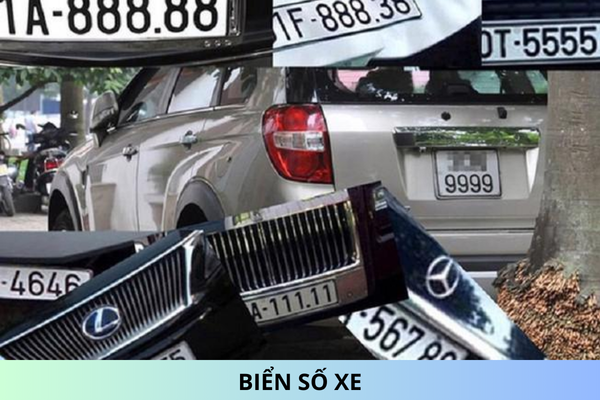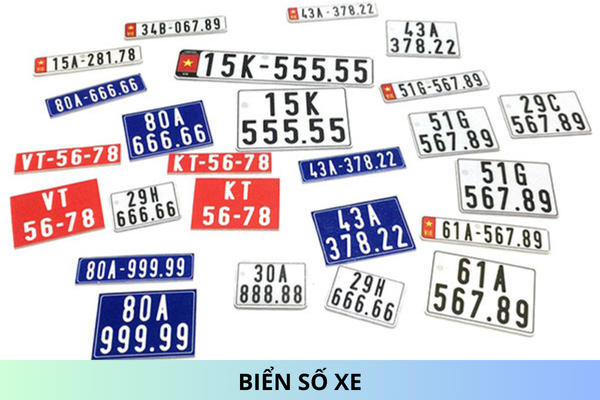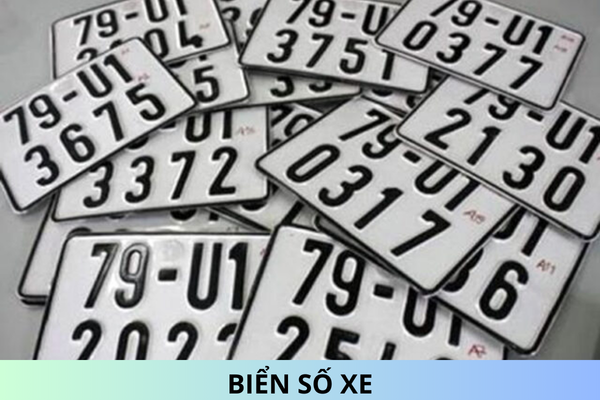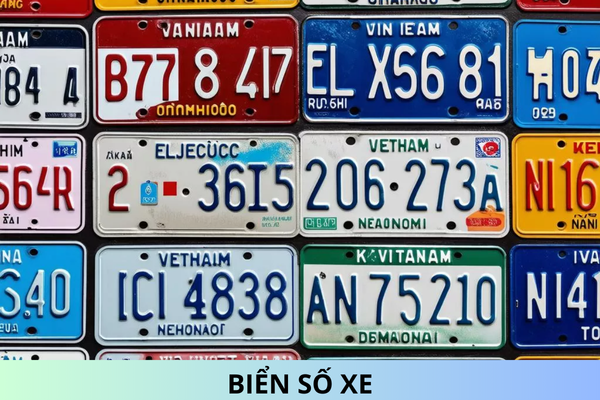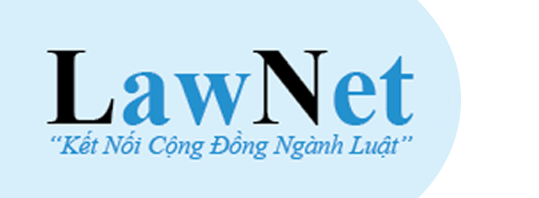What is organizational apparatus and human resources in the Customs development strategy to 2030 in Vietnam?
What is organizational apparatus and human resources in the Customs development strategy to 2030 in Vietnam? What is application of information technology and digital technology in the Customs development strategy to 2030 in Vietnam? Please advise. Thankyou.
What is organizational apparatus and human resources in the Customs development strategy to 2030 in Vietnam?
In Item c, subsection 4, Section II, Article 1 of Decision 628/QD-TTg in 2022, there are regulations on organizational apparatus and human resources in the Customs development strategy to 2030 as follows:
c) Organizational apparatus and human resources
- Organizing committee
+ Building the organizational structure of the 03-level Customs apparatus (General Department level, regional level and Sub-department level) in the direction of streamlining, reducing intermediaries, ensuring effective and efficient operation to meet management requirements according to the centralized and intelligent customs operation model.
+ Organize the operation of the apparatus in the direction of the Regional Customs. The receipt and inspection of customs dossiers is centralized in an electronic manner. The physical inspection, supervision of goods, monitoring and management of basic goods import activities shall be assigned to the Customs Sub-department at the border gate or the Sub-department of Customs in charge of the area in charge of the locality where the enterprise has its food production facilities.
+ Researching and renovating the organization and operation of specialized units in analyzing and determining key points according to each type of border gate (road, sea, air, river, railway); goods classification unit; price management unit, goods origin; customs dossier inspection unit.
+ Consolidate the organizational structure of the customs inspection apparatus to implement the Project on Reforming the model of quality inspection and food safety inspection for imported goods.
- Building and developing human resources
+ Build and develop a contingent of customs officers at all levels with deep professional qualifications, integrity operations, professional working style, mastery of modern technology and equipment, sufficient in quantity, suitable structure, organized and scientifically managed, associated with the practical needs of the job position with the capacity of each individual, meeting the modern customs management model. The contingent of civil servants at the Strategy level is qualified, capable, prestigious and elite to meet the requirements of the task in the new situation. Building and developing a team of professional experts at both levels of General Department and Regional Customs.
+ Develop and implement an open and transparent human resource recruitment mechanism with reasonable remuneration to ensure the attraction of high-quality human resources for the Customs sector.
+ Develop and implement a capacity-based human resource management model based on job location, human resource development policies to meet the requirements of centralized and intelligent customs management.
+ Building an electronic human resource management system to ensure maximum automation of human resource management procedures.
+ Building modern facilities, training management methods up to the standards of regional training institutions and a team of lecturers specialized in customs knowledge, pedagogical skills, a number of permanent lecturers and part-time lecturers recognized by WCO as WCO lecturers can participate in international teaching.
+ Research and apply modern training methods and advanced technologies to meet the requirements of job positions in professional training and retraining for Customs officers, civil servants and officers in order to improve training capacity, ensuring that refresher training is carried out anytime, anywhere; linking training and capacity assessment with the arrangement and use of cadres, civil servants and public employees.
+ Build a rotation model for training and retraining among all levels, between departments in the same unit, in each professional field, between professional fields in order to improve professional qualifications, problem-solving capacity, practical experience for civil servants, professional officials, civil servants, leading officials and in planning leadership titles.
+ Enhance customs integrity.
What is application of information technology and digital technology in the Customs development strategy to 2030 in Vietnam?
At Item d, subsection 4, Section II, Article 1 of Decision 628/QD-TTg in 2022, there are regulations on application of information technology and digital technology in the Customs development strategy to 2030 as follows:
d) Application of information technology and digital technology
* Customs information technology system: Building a digital Customs information technology application system, Smart Customs on a digital platform, a centralized database at the General Department level, meeting the following requirements:
- The customs information technology system consists of the following elements:
+ Modern and intelligent customs information technology system, meeting the requirements of customs management.
+ An electronic public service system, towards intelligent digital services, with a high degree of automation, integrated on the national public service portal:
. Receive, exchange information, look up and monitor the process of handling administrative procedures, return the results of the implementation of administrative procedures in the field of customs with organizations and individuals carrying out the procedures.
. Receive and exchange information related to the process of carrying out customs procedures and state management of Customs with the Bank, relevant ministries, branches, agencies, domestic organizations and individuals, international.
. Exchange data with the customs management system in service of the management and clearance of goods and vehicles, and make decisions on the results of administrative procedures.
+ Modern customs internal management system, automating internal management activities, synchronized with the implementation of digital customs model, smart customs. The system supports the direction, management and execution of internal administrative procedures (human resource management, work results management, financial management, electronic assets...) by electronic office management method.
- Technology and technical requirements of the system:
+ Developing customs digital data to create a foundation for the implementation of Digital Customs, Smart Customs ensures the provision of digital data for online public services, smooth data sharing between Customs authorities and other customs authorities. State management agency in the political system of Vietnam, providing open data sets of high quality and mining value, opening data in accordance with the law to develop digital and ecosystems.
+ Strongly apply the results of the Fourth Industrial Revolution (Internet of Things (IoT), Blockchain, Artificial Intelligence (AI), Big Data, Information Analytics intelligence (BI), Cloud computing, Mobility).
+ The information technology system of the Customs sector has a high degree of integration, fully complies with information security and safety requirements, is easily expanded when there are new management requirements, ensures public application information technology in all areas of activities of customs authorities; supporting the direction, administration and performance of public duties at all levels.
* National Single Window, ASEAN Single Window
Develop an information technology system oriented to centralized processing, meeting the requirements of expanding the implementation of the National Single Window, the ASEAN Single Window to meet the requirements of centralized handling of administrative procedures of the country. ministries and branches for imported and exported goods; connecting, exchanging and sharing information between customs authorities and: Ministries and branches; functional agencies under and under ministries and branches; border management units, immigration control; related parties participating in the supply chain of commerce and providing a platform to provide business-to-business information exchange services in the international trade supply chain and other services such as payment, pay fees,... Upgrading the national and ASEAN Single Window to meet connectivity requirements,
Best Regards!
